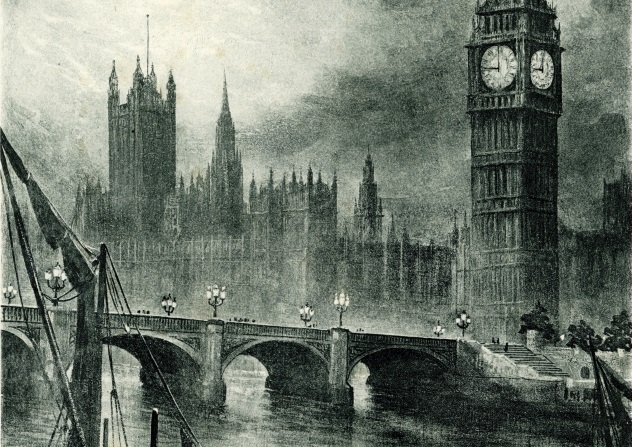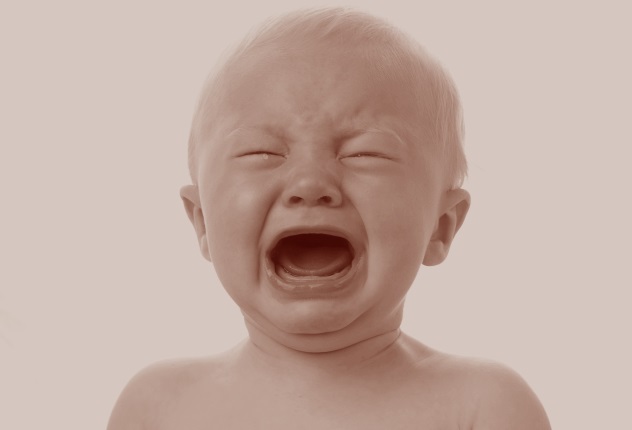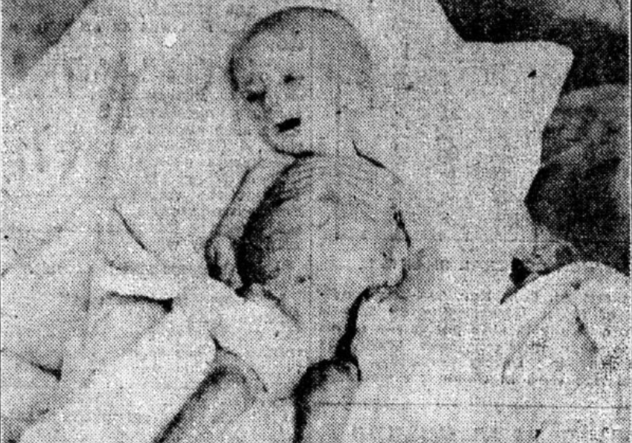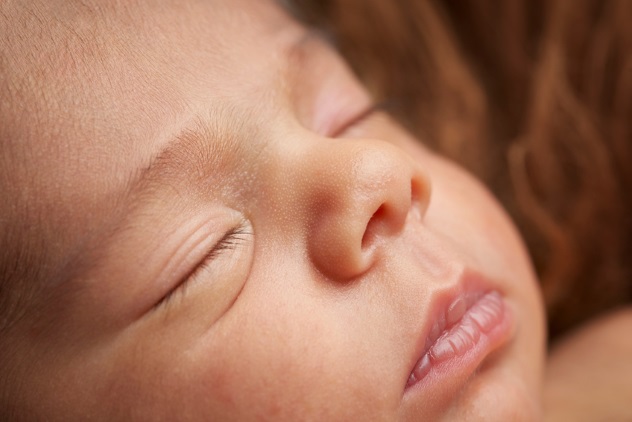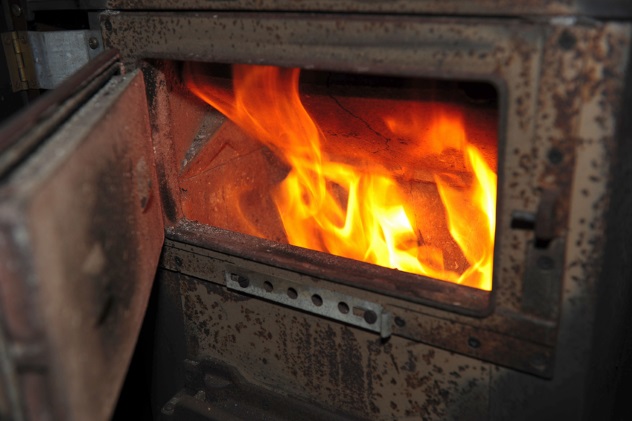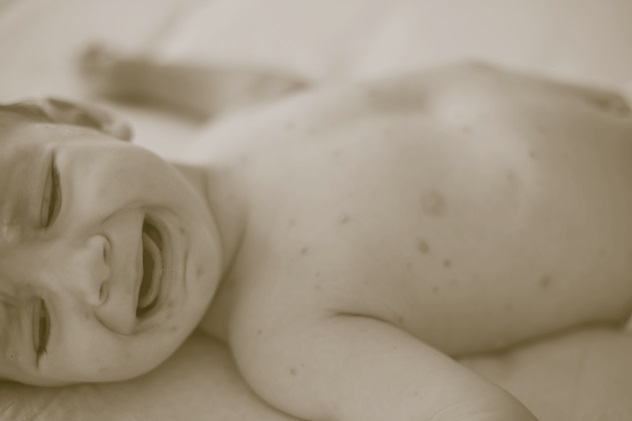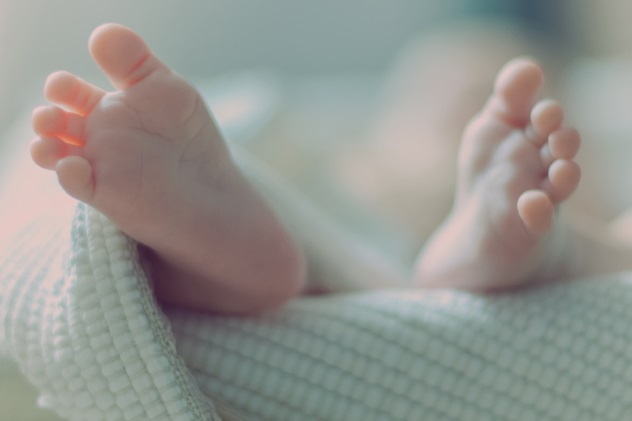10 London’s Unregulated Baby Farms
In 1874, an Australian newspaper ran a report on the problems of baby farms in London. The first major problem cited by the article wasn’t that the baby farms were run like a business or that they were set up to make money rather than provide loving care for infants, but the fact that they were completely unregulated. London supposedly had hundreds of small baby farms, but only three of those farms were genuinely registered as a business. In other words, no one was overseeing what was going on inside the private homes that ran baby farms for working mothers and wealthy men who gave away their mistresses’ babies. Without oversight, numerous atrocities were committed against innocent babies, and it was seldom brought to light unless the mother reported her personal findings or suspicions to the police. Even then, if the woman was disreputable, the chances of the police believing her were probably slim to none.
9 Extortion By Chicago Doctors
Chicago has almost always been seen as a city of corruption. Anything goes in Chicago, including baby farms. Unlike the baby farms in other areas of the US and other countries, however, Chicago’s baby farms were an extortion business run by doctors. As the reports go, many of the higher-ups in the baby farm businesses were medical doctors, and the baby farms were situated outside the city limits in the hopes of keeping them away from the prying eyes of the police. The daughters of the wealthy were as much the victims as the babies. Unmarried girls were sent to these baby farms to give birth to their illegitimate babies. Afterward, the babies were kept at the farms, and the girls’ families were made to pay a hefty price for their upkeep. If the girls or their families threatened to go to the police, the doctors would threaten exposure of the illegitimate birth, which would ruin the young woman for marriage.
8 Death From Disease And Illness In Perth
In 1907, a baby farm and Mrs. Mitchell, its proprietress, came under the scrutiny of the law. According to some reports, the Perth baby farm had taken in 87 infants, 83 of whom had died within the house. Two of the infants died in a hospital, and one infant died shortly after her mother reclaimed her. Mitchell claimed that this was because she took in sick children. A doctor whom Mitchell hired confirmed that over the years, he was called in to witness her collection of sick children. The infants had everything from diarrhea to vomiting, whooping cough, and bronchitis. He instructed her to cease collecting sick children and to give the infants a proper diet. Mitchell failed on both accounts. The court decided that she had willfully neglected giving clean and proper care for the children, although many now believe that Mrs. Mitchell was a serial killer. One witness that came forward during Mitchell’s trial and stated that while his wife was sick with cancer, both he and his wife had considered taking their daughter to Mitchell for care. Mitchell told them that the child would come down with the mother’s same sickness. Instead of leaving his child with Mitchell, he took the baby to his mother. While his wife was in the hospital, Mrs. Mitchell returned to the man, offering to take his daughter off his hands: [ . . . ] Mrs. Mitchell came to his shop one morning and said witness’s child would always be a nuisance and always keep him poor; and that it had the same complaint as its mother. Mrs. Mitchell told him if he gave her L10 and 10s a week she would get rid of the child for him. She would give it opening medicine and stick a hatpin in its heart. The father was understandably upset by this and told Mrs. Mitchell to never so much as speak his name again.
7 Baby Starved In Minnesota
Out of Minnesota came a horrifying story of a baby who was starved nearly to death. The single mother, a young woman with no one to count on, had left her baby in the care of a baby farm. The mother worked and paid $2.50 a week—a lot of money in 1906—for her infant’s care. At first, the mother visited her son as often as she could, but then she got sick and had to stay away while she recovered. After the mother was well, she returned to the baby farm and found her son in a severe state of starvation. His baby fat was gone, and his skin hung on his bones. The mother left the farm with her son and took him to the hospital. In the two months he had been under the care of the baby farm keeper, her son went from healthy to famished, but the doctors and nurses firmly believed that the baby could be saved. An investigation was launched, and a worker was sent to visit the farm. The worker found the conditions to be severely revolting. The babies were filthy and neglected, bedclothes were soiled, and it was reported that the keeper was serving the infants soured milk.
6 Poisoning In London
The infamously named Finchley Baby Farm was ran by two women on the false premise that they would take care of young mothers until they gave birth and would then find the babies homes afterward. Annie Walters, a nurse, and Amelia Sach, a midwife, both ran this disreputable baby farm, where mothers paid them money to find proper homes for the unwanted babies. The two con artists were eventually exposed in 1903 when one of the surrendered infants was found dead in Walters’s possession. The infant had been killed with chlorodyne. After their trial, both women were hanged for the murder of the baby, although they claimed that they were innocent. It is believed that well over a dozen babies may have been killed by Walters and Sach, even though the bodies hadn’t been found. The babies left in their care simply disappeared and were never seen again.
5 Burned Alive In Iowa
Only the most evil are capable of harming an infant, and in Iowa in 1907, two women committed some of the worst crimes imaginable. Mrs. Fred West, owner of a baby farm, and Miss Anna Beattle, a maid nurse, were charged with the murder of “Baby Jim.” The case was brought to a head when a former nurse for the baby farm came forward. At trial, she claimed that, “Mrs. West asked me to give the laudanum to the baby and brought me the poison bottle. I refused and Mrs. West told me not to be foolish, that it was the way they always did it when the babies gave any trouble; they put them out of misery as fast as possible.” The former nurse also said, “Babies have been burned at the West baby farm before they were dead and thrown into the furnace to end their helpless cries.” Babies who could be sold were turned over to anyone who had the cash. Some babies were simply given away. It was also reported that: “Inmates of disorderly houses [ . . . ] bought the babies, using them as one would a poodle, to play with.” The inmates wanted only the girl babies. Any babies who couldn’t be unloaded were killed off.
4 Buried In The Floors In Russia
Russia also had its share of baby farms, where illegitimate children were kept hidden by mothers who would have otherwise been shamed by society. A report from 1888 gives slim details on a find at one of Russia’s baby farms, but it is enough to detail the full horror of the situation. A middle-aged woman who owned her own property made her living by running a baby farm. Over the years, she cared for numerous illegitimate infants. The babies would come, and according to neighbors, they would eventually go. Neighbors believed that the missing infants were merely taken back by their parents until one little girl disappeared. For some reason, this disappearance raised suspicions among the neighbors. The police were called in, and they conducted a search for the child. They found her body buried under the floor. The police continued their search and found more dead infants inside the floors. The woman was charged with murder and taken away.
3 Baby Hoarding In Chicago
Baby farming was quite a profitable business in Chicago back in 1912, and that business was booming inside the city. A woman with a roof over her head had all she needed to get started in the business. These women charged anywhere from $3 to $7 per week, per baby, when working women were only making about $6 a week in the factories and department stores. While profit was a huge motivator for getting into the baby farming business, some women did it because they liked babies. The only problem was that, like hoarders who collect cats, these women collected babies and small children but failed to take care of them. Some homes had eight to ten babies and often only one woman to take care of them. A Chicago reporter went to investigate some of the city’s baby farms. What he found was enough to make the strongest person sick. Pretending to be a father seeking someone to care for his one-year-old child, he insisted that the proprietress show him the attic where his imaginary child would be kept: I stumbled up the attic stairs behind the woman, who became wedged in the narrow passageway now and then and stopped to catch her breath. At last we reached the top. It was only a half room up there. I could stand up straight only when I gained the middle of the room. On a bed in a dark corner lay eight babies, half undressed, and crying and squirming in uncleanliness. Empty milk bottles and dirty clothes were scattered over the floor. The one window in the attic was closed securely by a nail. I hurried down. The reporter also checked out the backyard and found it littered with metal cans and chunks of metal. That was the area for the kids to play in, if they were let outside at all. The reporter went to visit a second baby farm, and what he found was even more alarming: On the floor in the kitchen lay four babies [ . . . ] On the kitchen table stood three clothes baskets, and in each was an infant wailing piteously. In the corners, on chairs, beside the kitchen range, hanging like cocoons everywhere were baskets with babies sleeping on pillows turned brown from uncleanliness. There were nine in the kitchen alone. In the next room were more frail babies, howling from their go-carts, cribs, and baskets. And in the front room more babies cried. An infant covered by a mosquito bar lay apart. She had sore eyes.
2 Left In The Filth In Sydney
There are dozens of newspaper accounts on the horrors of baby farms that were a part of Australia’s dark past. In the fall of 1890, an article announced that yet another baby farm had been discovered in Sydney: “A house of four dirty and rotting rooms was rented some years ago by a woman, and through this wretch’s hands passed, on her own confession, 50 infants per year—presumably from the hands of disgraced mothers to the grave.” The newspaper goes on to report that this particular baby farm in Sydney was beyond filthy and unacceptable for raising so many infants. According to the inspector: In the cellar known as the kitchen were the same number of babies as on my previous visit. In one corner of the room were three little things in long clothes. Close by, in a box about 18in. by 2ft., was another child; while in a second box two more were lying asleep. There was no proper bedding whatever about. I then walked upstairs and found two more babies lying on a bed. While many people who don’t live in Australia have a very pristine view of the wonders of Sydney, it was once one of the worst cities to live in, especially if you were an unwed mother. With nowhere to turn to, unwed mothers had to seek out care for their infants while they worked to pay for that care and, eventually, the ability to take back their babies when they found footing. Yes, London was bad as was Chicago, but as the article pointed out: If the people who rave about the inquiry of London and the comparative virtue of Sydney could only realise the fearful amount of crime in the senior metropolitan city in this land, they would recognise that, for her years and comparatively small population Sydney is one of the most vice-haunted capitals of the known world.
1 $5 Babies In Philadelphia
Buying cheap babies was something that women did for a time in Philadelphia. The “game” was for a young woman to purchase a baby and pretend it was her own so that she could get a man to marry her, claiming that he was the father. It was an awful trick, to be sure, and one that might have gone undiscovered for a longer length of time if one of the purchased babies wasn’t found dead. As the story was reported in 1911, a baby farm in Philadelphia would sell unwanted babies for $5 a piece to anyone who wanted one, no questions asked. One particular couple wanted to be wed, but the man’s parents were against the marriage. He and his girlfriend bought a baby at a baby farm and were going to present it to his family, pretending it was their own child. They felt it was the only way to gain his parents’ approval. Unfortunately, the little one became sick almost immediately, and the young woman didn’t know what to do with it” “When she found it dead in the morning, she says she walked the streets for hours carrying the body, and finally abandoned it in an alley.” The infant’s body was found where she left it, partially dressed and soaked from the rain. Elizabeth spends most of her time surrounded by dusty, smelly, old books in a room she refers to as her personal nirvana. She’s been writing about strange “stuff” since 1997 and enjoys traveling to historical sites.
